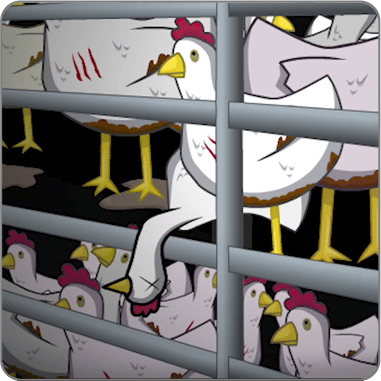
Style
“Take two very simple actions that we perform every single day: getting dressed and eating. Now start a journey backwards – to where your food and your clothes come from. At the other end, you will rarely find happy people, treated with dignity and respect. Human beings working at the bottom of any supply chain – whether it is strawberry picking, prawn fishing, cotton farming, garment workers – are often treated like slaves, without reference to our common humanity. So “fashion” – i.e. what we wear every single day, has huge relevance and huge consequences on human, social and environmental capital.”
~ Livia Firth, Creative Director of Eco Age, Founder of Green Carpet Challenge, and Executive Producer of The True Cost
Take a moment to consider what you’re wearing today. Do you remember where or when you bought your go-to jacket, favorite jeans, or dream dress? Now, instead of just considering what you’re wearing, think about who you’re wearing. Not the designer, think about the hands that made your clothes. Who picked the cotton for your t-shirt, sewed your hoodie, and dyed your jeans?
When it comes to what you are wearing, it’s not just about your clothes, but think about the materials and chemicals that make them. Cotton, one of the fashion industry’s most used materials, is among the most pesticide-intensive crops on the planet. Conventional cotton uses about 16% of the world’s insecticides and 7% of pesticides. It’s estimated that one pound of cotton requires at least one-third of a pound (136 grams) of pesticides. To put this into perspective, it takes half a pound (227 grams) of cotton to make your average t-shirt. Plus, cotton requires more water than most other crops – to produce one pair of jeans alone takes more than 1,800 gallons of water.
Organizations like these along with Fair Trade USA and Responsibility in Fashion are telling a story of hope and sustainability. Support ethical designers like Eileen Fisher, Indigenous, Nau, Reformation and others who prioritize human rights, worker rights and ethical supply chains as guiding principles of their businesses.And just as important as it to buy sustainable new clothes, ethical fashion is also about getting the most out of what you already own. Yvon Chouinard, founder of Patagonia asks in the start of this adventure-filled piece about sustainable clothing, “Why buy two pieces of gear when one will do the work of both?”
It’s up to you to drive the demand for ethical fashion; saving money by shopping secondhand, upcycling, trading clothes or investing a little more to support responsible fashion, YOU as the consumer can push the market towards transparent, organic, and fair trade clothing.
Green
Think
The average American throws away almost 10 pounds of clothing each year. But there are many ways you can keep clothing out of landfills. One way to be sustainable and stylish is to opt for second-hand shopping/vintage or upcycle clothing you already have by giving it a second life. How might you prioritize ethical clothing in your daily life?
Challenge
- What the trailer for the True Cost documentary.
- Assess your role in the fashion industry.
- Are you contributing to fast fashion- how or how not? (Don’t worry – you have to acknowledge something before you can fix it).
- Are there alternative brands or stores that you could choose? How can you be a more sustainable shopper?
- Look in your closet, drawers, etc.- asses how many clothes you posses vs. how many clothes you think you actually need and wear regularly. In what ways can you sustainably get rid of clothes you no longer use anymore?
Greener
Think
Does your favorite shirt have a label that says, “made with 100% pesticide-sprayed cotton, chemical dyes, and/or sweatshop labor?” We doubt it! How can consumers really know what goes into making that favorite t-shirt? Knowledge is power, so be curious.
Challenge
Let’s look more closely at your favorite shirt.
-
- Do some research on the company who made your shirt. What are their sustainability practices based upon what you found on their website? How are their clothes made? Look for any potential falsehoods, and mention any. In what ways can this company be more sustainable based upon what you found?
- Be bold and wear your shirt inside out for the day to give the small-tag details the attention they deserve.
- Do some research on the company who made your shirt. What are their sustainability practices based upon what you found on their website? How are their clothes made? Look for any potential falsehoods, and mention any. In what ways can this company be more sustainable based upon what you found?
Greenest
Think
Film is a powerful tool for getting information in the public debate – and one documentary, The True Cost, allows its audience to truly grasp the fashion industry’s toll on people and the planet. It’s time to witness the impact firsthand, become aware, and then mobilize!
Challenge
- Gather a few friends and watch the eye-opening 90 minute documentary, The True Cost, on Netflix and other media outlets.
- Following the screening, lead a small, open discussion on their thoughts after watching the movie and write some of what you all discussed.



